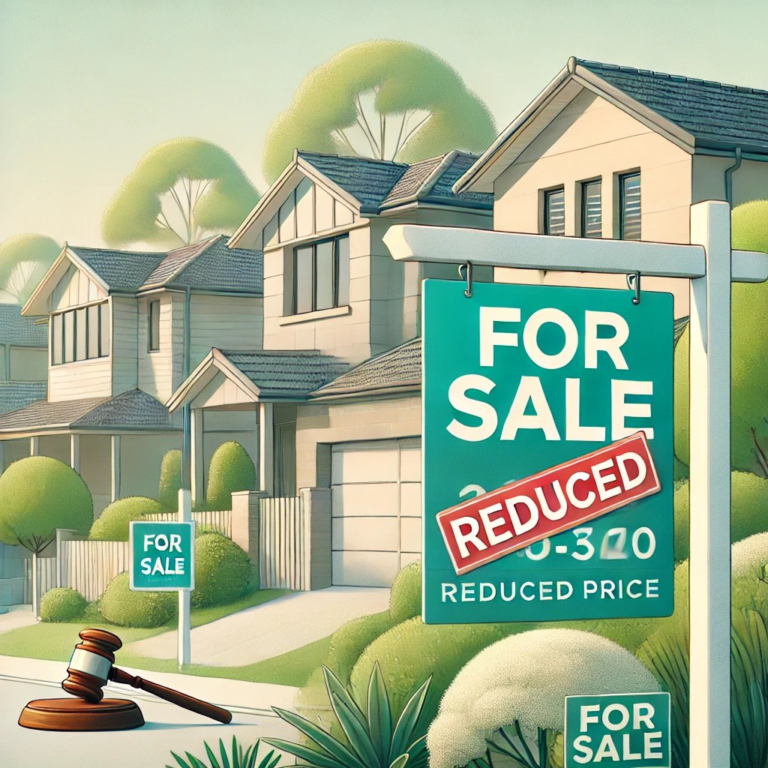The Sydney property market is witnessing significant shifts that could impact both buyers and investors. On one hand, certain suburbs are experiencing an oversupply of housing, offering unique opportunities and risks for prospective homeowners. On the other, proposed changes to negative gearing and capital gains tax concessions could reshape the investment landscape for landlords.
Oversupply in Specific Sydney Suburbs
Data from industry analysts indicates that some areas in Sydney’s northwest and western suburbs are seeing a surplus of homes on the market. Suburbs like Oakville, Box Hill, Rouse Hill, and Marsden Park have reported that over 13% of their housing stock is currently up for sale. This oversupply is particularly evident in regions where new developments have outpaced buyer demand.
For first-home buyers, this scenario presents a chance to enter the market with less competition and potentially lower prices. Properties in these areas may be more accessible, allowing buyers to secure a home without the typical bidding wars common in other parts of Sydney.
However, the surplus of available properties can suppress price growth and even lead to declines in property values. Buyers considering these areas should be prepared for the possibility of slower capital growth and the challenge of selling the property in the future. Real estate experts suggest that it could take several years, or even up to a decade, for these markets to absorb the excess supply and for property values to stabilize.
Proposed Changes to Tax Concessions for Landlords
In parallel with these market dynamics, there are proposals underway that could affect property investors across Australia. A recent policy discussion paper from RMIT University suggests reforming negative gearing and capital gains tax concessions. The proposal aims to tie these tax benefits to specific conditions that landlords must meet, with the goal of improving rental conditions and providing better value for government spending on housing support.
Under the proposed system, landlords would need to offer five-year leases, limit rent increases to once per lease term with a maximum of 10%, and ensure their properties meet higher livability and energy efficiency standards. In return, they would retain access to negative gearing benefits and receive adjusted capital gains tax discounts based on the level of compliance and the type of tenants they house.
The proposal outlines a tiered approach:
- Tier One: Available to all tenants, landlords would receive a 75% negative gearing tax discount and a 10% capital gains tax discount adjusted for inflation.
- Tier Two: For properties rented to recipients of rent assistance, offering full negative gearing benefits and a 20% capital gains tax discount.
- Tier Three: Targeted at tenants who would typically qualify for public or community housing, providing full negative gearing benefits and a 30% capital gains tax discount.
These changes aim to encourage landlords to provide more secure and affordable housing options, while also ensuring that government tax concessions deliver greater public value.
Implications for Buyers and Investors
For buyers, especially first-home purchasers, the oversupply in certain suburbs could offer an entry point into the Sydney property market. However, it’s crucial to approach these opportunities with a long-term perspective, understanding the potential for limited capital growth and resale challenges.
Investors should closely monitor the proposed tax reforms, as they could influence the attractiveness of property investment and necessitate adjustments to rental practices. Aligning with the proposed conditions could not only retain valuable tax benefits but also contribute to a more stable and tenant-friendly rental market.
Conclusion
The Sydney property market is at a crossroads, with both oversupply in specific areas and potential tax reforms on the horizon. Buyers and investors alike should stay informed about these developments to make strategic decisions. Consulting with real estate professionals and considering long-term market trends will be essential in navigating this evolving landscape.
Real Estate Newsletter
This article is a curated summary of various news stories from the past week, offering insights and updates on the real estate market. 20 September 2024




